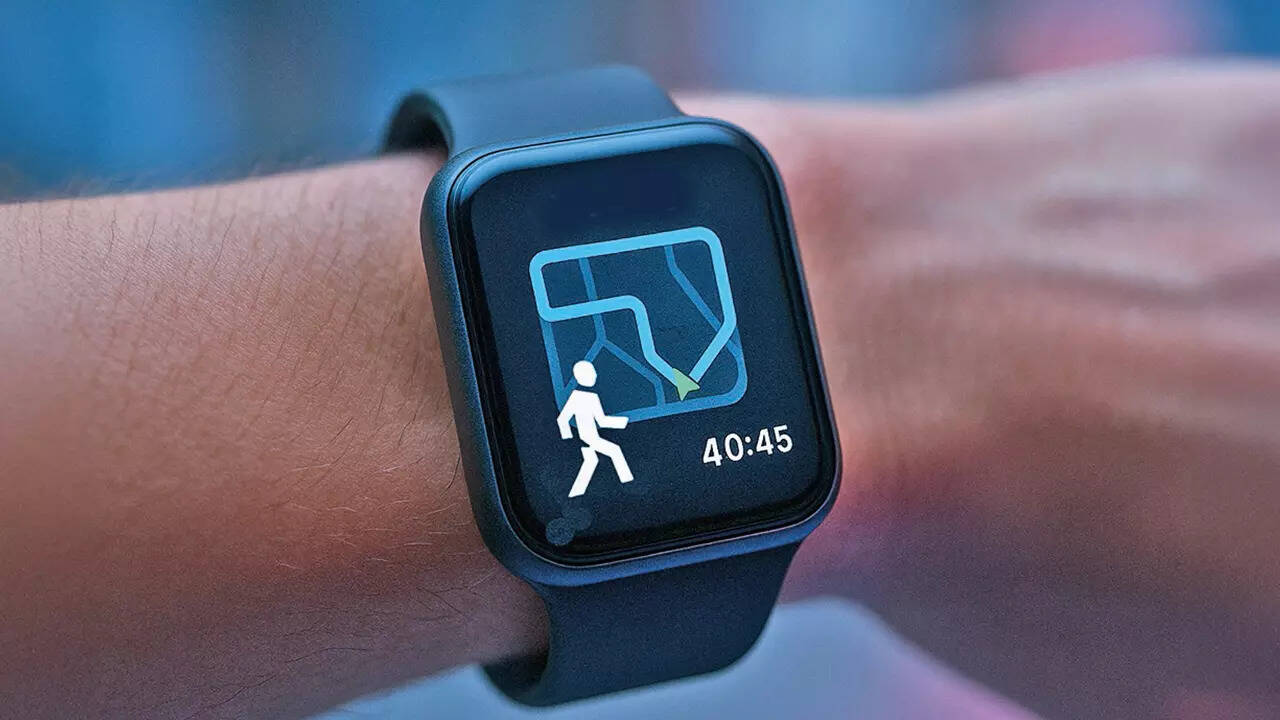ARTICLE AD BOX

Karthik Srinivasan2011: Discomfort in the chest. Angiogram. No blocks. All clear.2025: Discomfort in the chest while running at a higher speed. Angiogram. Two blocks. Angioplasty. Two stents.One question that has haunted me after the angioplasty is, ‘Why me?’ I have been running 5 kms regularly (almost 290-300 days every year). I sleep predictably early and on time. I am generally conscious about what I consume.
I do not smoke. No family history of heart conditions, as far as I know. Limited stress on a day-to-day basis since 2018, when I started working from home, on my own, as an independent communications professional.There is no easy answer to the ‘Why me?’ given the multiple factors that go into heart health. In fact, I should feel grateful that I did not have a heart attack. As my cardiologist reframed my question, I should thank my daily running habit that led to me discovering the need for an angiogram without any emergency.But it is still a second chance at life. And I have started doing everything better. I have started running gradually again, daily. I have become even more conscious about what I consume. This includes cutting down on food from outside drastically. I now firmly believe that food from outside is not a luxury. Home-cooked food is the real luxury. I do eat out and order food from outside, but that is on specific ‘cheat days’ only.
Not on a whim. I have also completely eliminated ultra-processed (most packaged) foods from my diet.Two things that have made a dramatic impact in my life are those that I have not considered prior to my angioplasty.
Since I was anyway hitting my 8,000/10,000 steps a day during my daily running, I thought I could ignore the hourly movement alert on my smartwatch. I couldn’t be more wrong. Now, my target is 250 steps per hour
Karthik Srinivasan
1. Deep breathing: Despite my predictable and early sleeping habits, I have always struggled with my quality of sleep. After I started wearing smartwatches, which was about a decade ago, my sleep, as defined by my assorted smartwatches, was inconsistent at best.
I’m fully aware that the sleep tracked by smartwatches is not absolutely accurate. But it is at least indicative... directional.And for the longest time, I have tried looking at solutions that can help me with consistently good quality sleep: eating dinner early, better pillows, better blankets, better mattress, sleep gummies, earbuds that play soothing music, apps that guide me to sleep, etc. Nothing was consistent in guaranteeing my sleep quality. But the one rather simple thing I started doing a month ago has completely transformed my quality of sleep!After my angioplasty last month, I started doing deep breathing exercises twice every day, for 15 minutes — first thing in the morning, after waking up and brushing; and the last thing before I go to sleep.
The latter has had an incredible effect on the quality of my sleep. I simply sit in a silent place, and breathe slowly, deliberately, and consciously, directing all my attention — to the best extent possible — on my breathing.I still don’t know how my morning exercise helps, but the one I do at night has had a dramatic effect: consistently 85+ sleep score on watch every single day. Many days, I have crossed 90, which was unthinkable prior to this effort.
And I can feel the increased frequency of dreams (associated with REM sleep) almost every single day, besides waking up refreshed.When I read more about why my sleep quality improves due to this, I figured that the 15 minutes of slow breathing essentially ‘pre-loads’ the parasympathetic nervous system, lowering stress signals and synchronizing heart, breath, and brain rhythms. And this primes my body to enter sleep smoothly and stay in deeper, more restorative phases longer.

2. Movement alert: The other thing I wasn’t doing (which may not be the single factor in my blocks, though) earlier was taking the movement alert on my assorted smartwatches seriously. Almost all my smartwatches have had some form of movement alert. Since I was anyway hitting my 8,000/10,000 steps (even if that step goal has been debunked recently) a day during my daily running, I thought that was enough and I could ignore the hourly movement alert.My kind of work involves sitting in front of a laptop for prolonged hours. That is the very definition of ‘sedentary lifestyle’, even if I run 5 kms every day in one stretch.Now, I have installed an app on my watch, which not just alerts me to get up and walk but also tells me that I need to complete a minimum number of steps to clear the alert. I have set it to 250 steps per hour. So, the steps from my daily runs are now a bonus. The main target is 250 steps per hour, every hour.I don’t want ‘sitting is the new smoking’ to haunt me again.Karthik Srinivasan is a communications professional

 4 hours ago
7
4 hours ago
7









 English (US) ·
English (US) ·